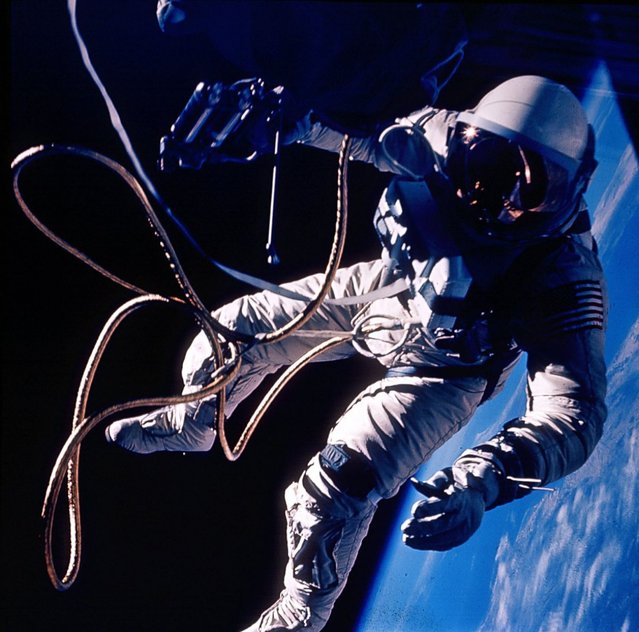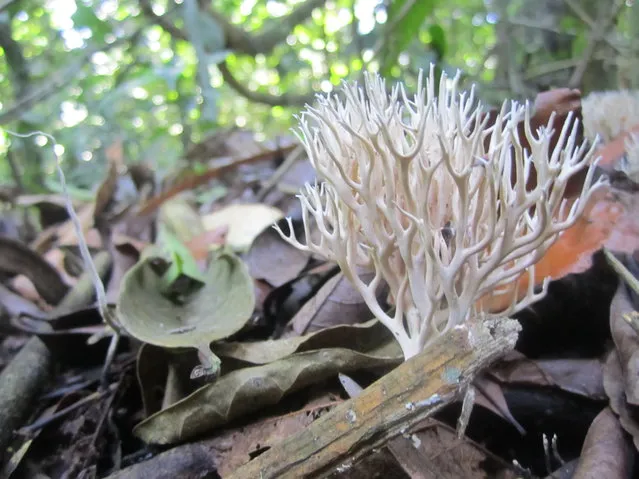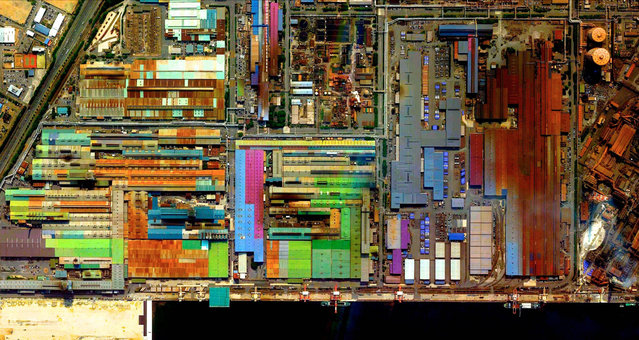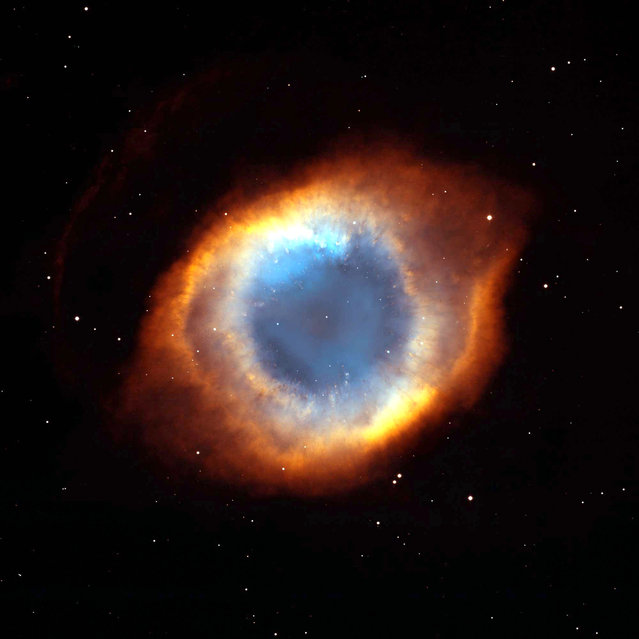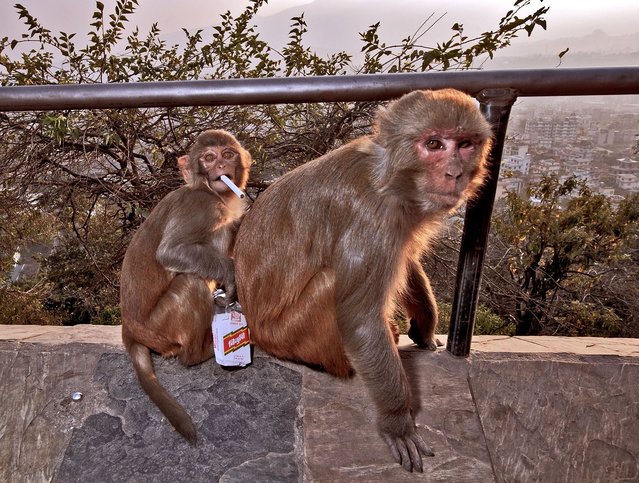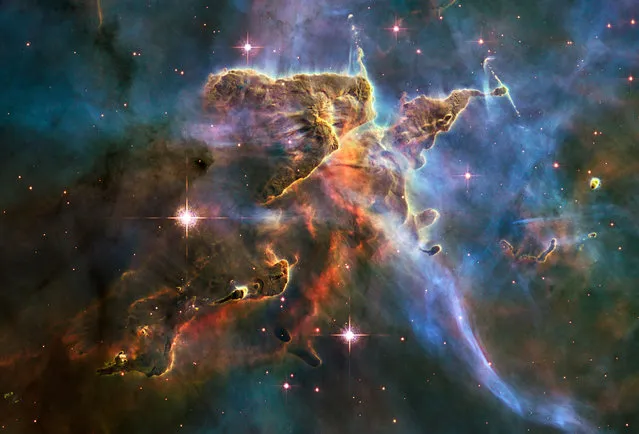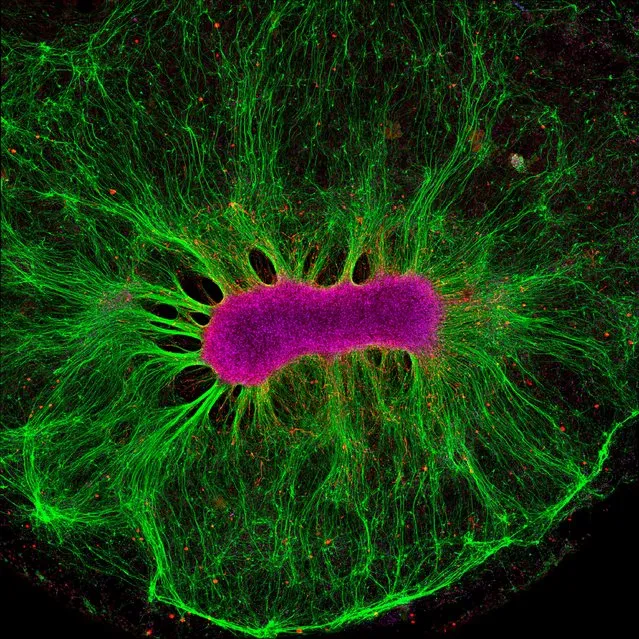
Vladimir Putin shows a hold to a young judo wrestler at the Regional Judo Center at the Arena Sports Complex in the Siberian city of Kemerovo on January 24, 2012, during his visit to the region. Putin is known for his passion for judo, in which he has a black belt. (Photo by AFP Photo/STR)
27 Mar 2014 08:47:00,post received
0 comments

